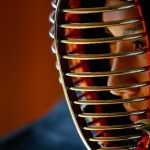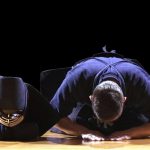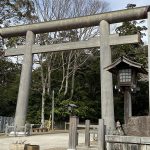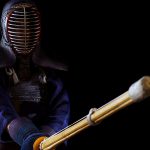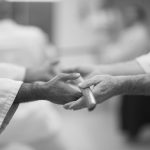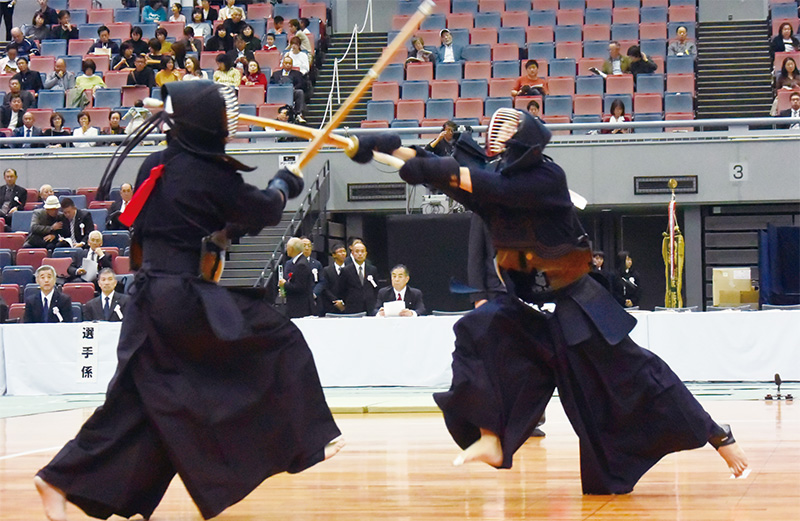
One of our resident kendoka has been working on their ashisabaki during keiko recently and shares their thoughts on the importance of footwork and what it leads to – not only in kendo, but all martial arts.
Ashi de semeru
“Ashi de semeru.” – This is something that I have been hearing alot from my sensei recently at my regular keiko sessions at Kyoto’s Butokuden. The sensei in charge of these sessions has been making it the focus of our practice. Specifically, they have been trying to impress upon us the concept that our footwork is not just a kihon (foundation) practice, but a skill that will develop alongside our seme (the way we apply pressure) throughout our shugyo (your martial arts journey, as it were).
When practicing it is easy to focus on your arms or hands the most. This is natural because they are the closest things to your head and are often holding what you are attacking with. If you use a sword, how many times have you had a sensei say you are pulling too much with your right hand? If you do aikido, how often are you corrected for leaning forward too much or bending your elbows?
We naturally want to lead with our upper body because it appears to be the main area used to attack or interact with our partners. What I think my sensei is trying to encourage is abandoning this view and realising the importance your feet and core play in your martial art.
Often it is easy to look at ashi-sabaki (footwork) as something you learn when you begin a martial art and have locked in once you move on. It is a mistake to think that the learning stops there. I think that a lot of practitioners take footwork for granted. Really you should never stop working on your footwork because, as the sensei above concisely highlights, footwork is how you apply seme and pressure towards your opponent.
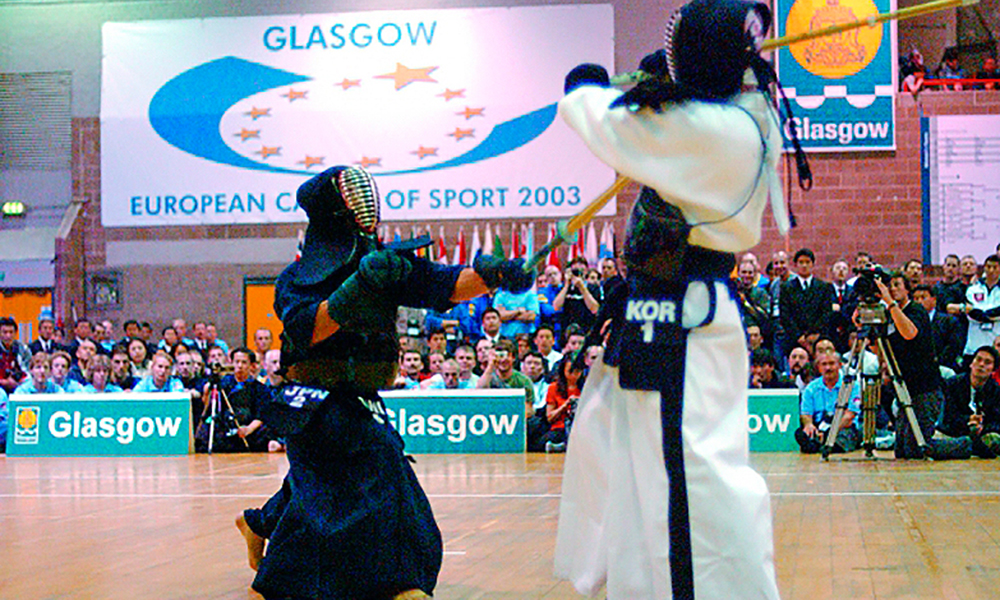
“Ashi de semeru” is a phrase designed to encourage you to prioritise creating opportunities to attack through inventive footwork. My current understanding of this, is that prioritising your weapon or arms is a weak and easily readable form of seme. If you move forwards in a fantastic posture whilst maintaing a strong kamae with your feet, you will be able to dismantle your opponent’s posture and create an opportunity to attack. The picture above, I think, is a good demonstration of this principle in action. The red-player has used strong footwork and a relaxed posture to create pressure which has caused the white-player to collapse their kamae opening themselves up for a tsuki (this is of course Eiga Naoki’s famous tsuki that won Japan the World Kendo Championships in 2003).
Of course, there are many other factors in play, but the more I watch great practitioners the more I identify the role that strong footwork is playing. Trying to control your opponent’s (or partner’s) centre – be that their weapon or body – without a strong posture, rooted in offensive ashi-sabaki, is a futile exercise. This weakness can be seen when you are static and rooted waiting for your opponent to attack. In kendo we call this machi-ken (the hesitant sword), where you wait trying to trick your opponent, but consequently surrender all initiative. Musashi also referred to fumi-ashi (stuck feet) as a position to avoid at all costs.
Having considered this during keiko and practiced applying to techniques I have resolved myself to devloping my footwork into a more proactive toolset. I understood this concept a little bit before these recent lessons, but had yet to take the time to focus on it as principle. It also got me thinking about the relationship between footwork and your arms and also breathing.
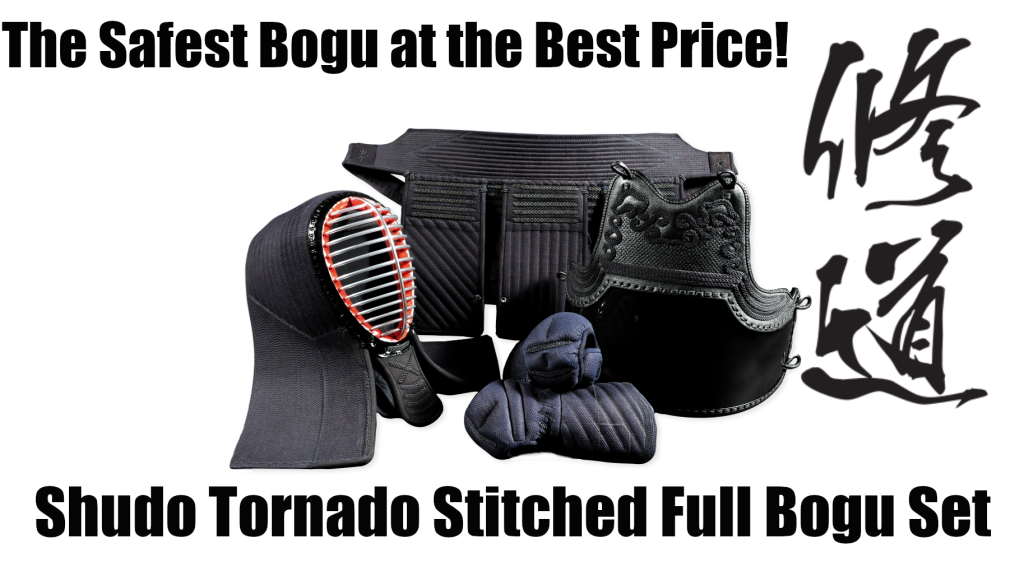
Strike with your sword, but attack with your feet?
I mentioned above that there is kind of latent priority applied to your arms and upper body when you start practicing martial arts. This goes for aikido, iaido, kendo, naginata, any budo where you have to interact with another practitioner in opposition. You naturally focus on the means by which you are going to hit or control your opponent – this focus leads you to compromising your own posture. If you initiate the attack with your feet and carry it out with a strong posture you retain your kamae.
So ideally we are keeping a relaxed and opaque kamae that leaves no opening for our opponent whilst our footwork and core strength gives us the opportunity to break our opponent’s posture whilst retaining our own. This is the value I think “ashi de semeru” has. It is a direct way of improving our seme and technique.
Application in aikido
It is easy to see this application in kendo and iaido, but it is also effective in aikido. We are encouraged to consider our arms as tegatana (literally your hand is a sword), but they cannot be used effectively to deliver atemi or balance breaks if they are not applied through footwork.
When you enter into a technique in aikido, it is your proactive ashi-sabaki that allows you to then use your upper-body to respond to your opponent’s (or partner’s) attacks. This sort of footwork is hard to develop because aikido’s reactionary techniques are often emphasised, but really you are applying seme to your partner so you can create an opportunity. This is easier to see in aikido schools that emphasise randori.
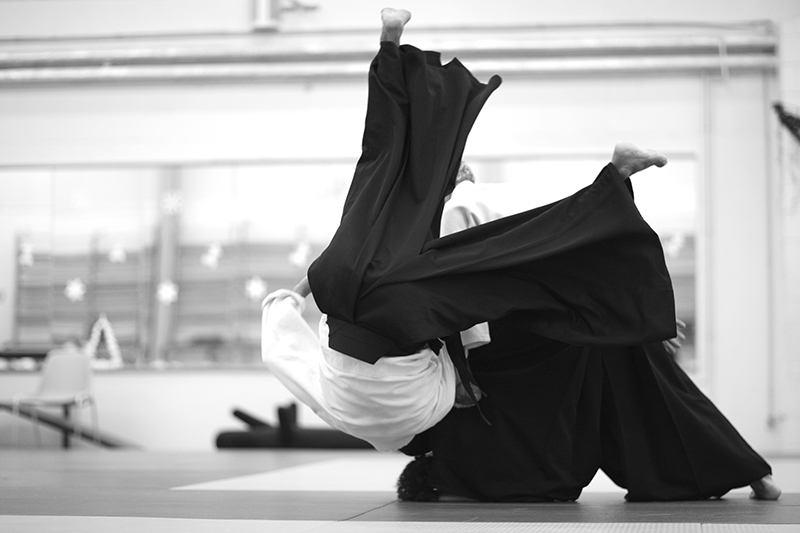
Conversely if you do not proactively move with your feet and from your hips you will find that your arms can easily collapse and lose all control over your uke. This is why strong body structures used in unison are emphasised in aikido – if one part of the chain collapses the rest will follow. I have found it to be the same in kendo.
Kokyu and ki ken tai no ichi
So where to go from this? Of course we want to be doing fantastic footwork and fantastic techniques, that is why we find budo difficult! Thinking about footwork in relation to my upper body’s kamae led me to thinking about synchronicity. What helps unify my body and mind? One idea that occured to me was kokyu – breathing. In budo, the manner of breathing is covered in great detail and has a very long history that even spreads into other arts like painting, pottery and tea ceremony.
From this very broad subject I want to introduce the concept of your tanden – this word has many connotations and applications, but for our purposes refers to a point in your abdominal muscles about three centimetres below your navel. This is your centre of gravity and is what your ashisabaki is truly moving. This is the point which you attack with, it is also where you tense to exhale and deliver your kiai. So, logically, my tanden is crucially linked to my footwork, posture and striking. So when I proactively attack with my feet I am also tensing my tanden and exhaling forcefully – in this moment I attack with my arms. At least this is what I am trying to do!
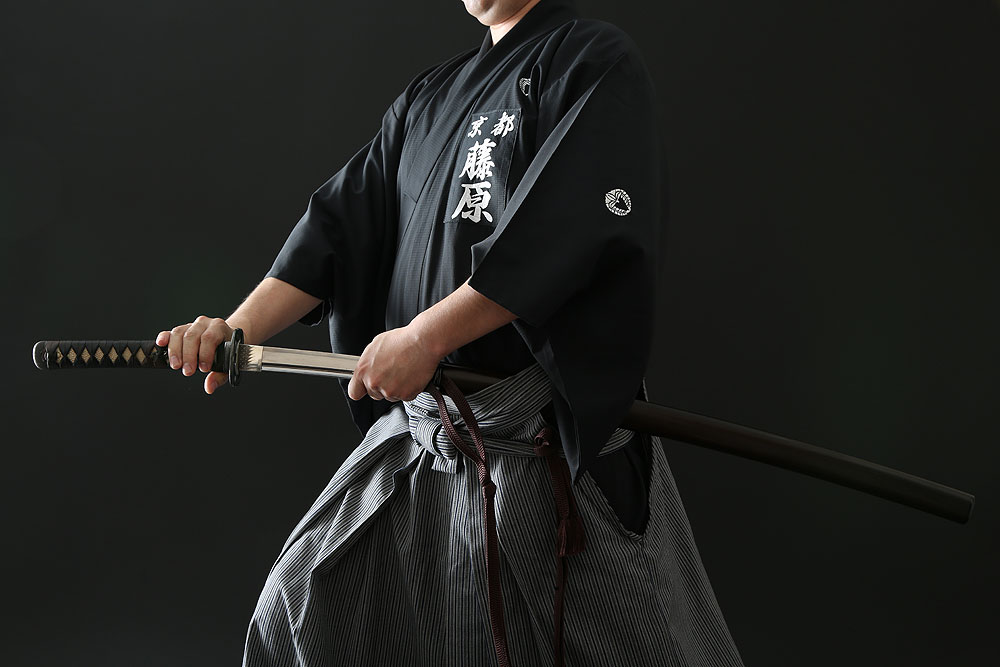
So when I consider this a little more, I realise that I am essentially trying to perform ‘ki ken tai no ichi’ – spirit, sword and body all as one. Synchronicity of your body and mind is the ultimate goal. In aikido we can see this when you effectively enter into your partner’s off line, exposing their kamae, perhaps break their balance with an atemi and then perform a technique using their momentum and your own as you create a connection – and then exhibit zanshin (remaining form).
In kendo we see this in yuko-datotsu (a valid strike); we have proactively created an opportunity through seme whilst taking the initiative through ashi-sabaki, we have then struck a valid datotsu-bu in the correct manner whilst displaying a positive spirit and then displayed proper zanshin. All of these things are essentially done in a single breath.
So what began as an exploration of footwork led me to re-assess other things I have been taught about my kamae and breathing. So now I am trying to work on these elements in unison. Sometimes it can be too much to work on everything at once, but now I can see why sensei emphasise what we re-visit the “basics” all the time. It is because these basics get deeper and deeper the more you work on them.
So if you are struggling with applying seme in kendo, aikido or whatever your chosen art is; why don’t you try returning to your feet and see where they take you?
 | Did you like what you've just read? Check this out. |



